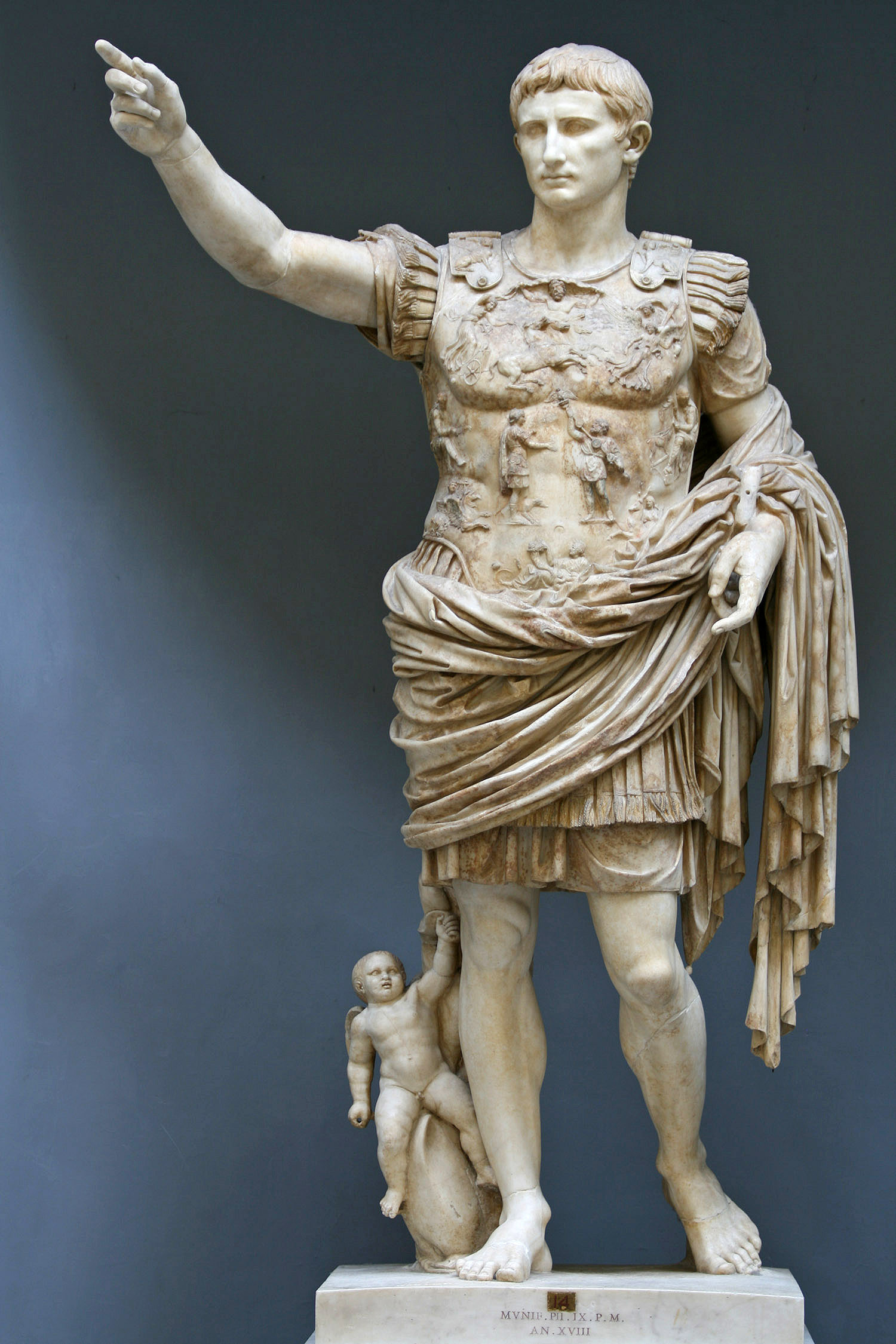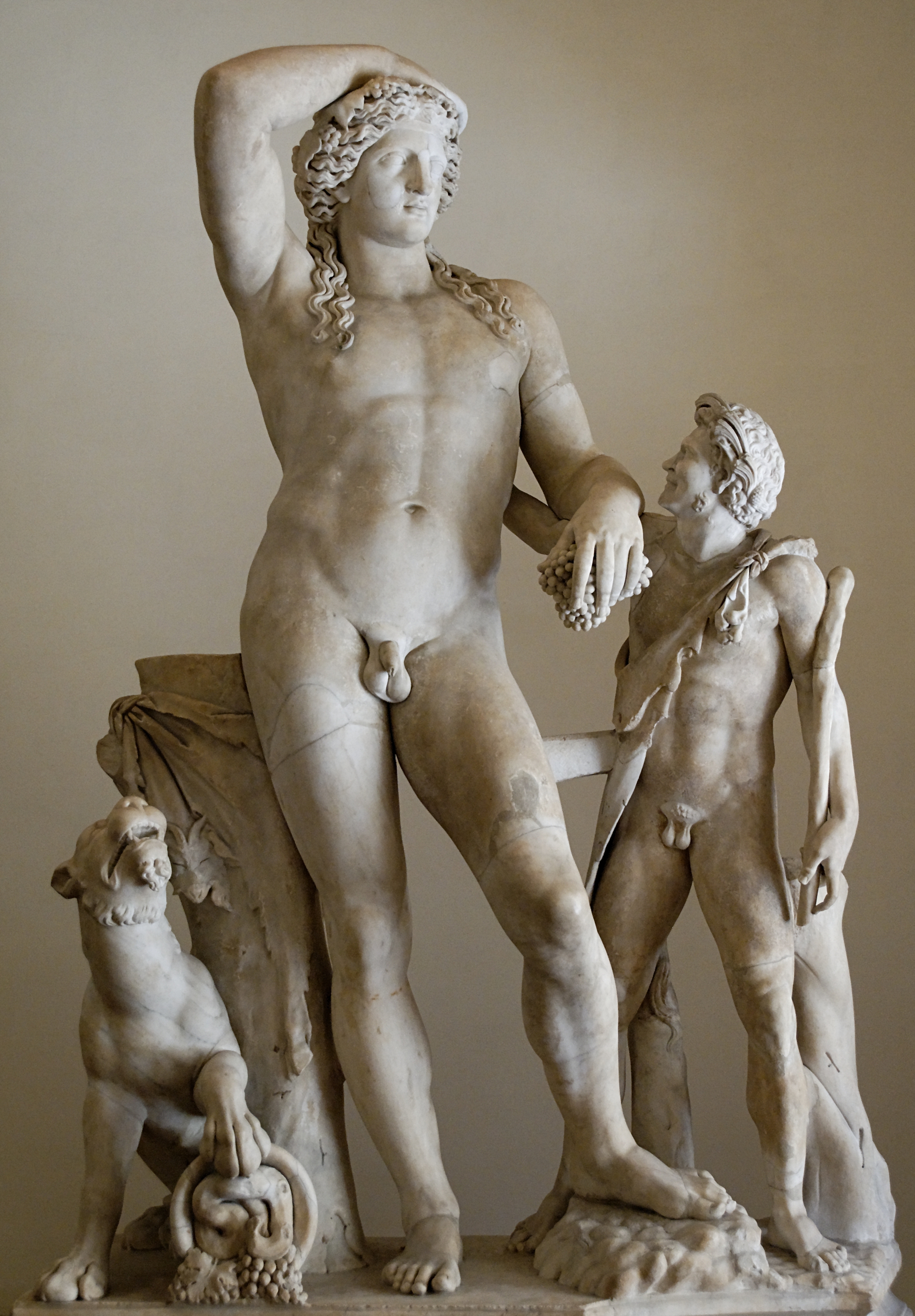|
Villa Of Livia
The Villa of Livia ( la, Ad Gallinas Albas) is an ancient Roman villa at Prima Porta, north of Rome, Italy, along the Via Flaminia. It may have been part of Livia Drusilla's dowry that she brought when she married Octavian (later called the emperor Augustus), her second husband, in 39 BC. However, it may also have been a gift given to her by Octavian upon their betrothal. The ancient sources (e.g. Suetonius) tell us that Livia returned to this villa following the marriage. It was her sumptuous country residence complementing her house on the Palatine Hill in Rome. Remarkable frescoes of garden views were found which have since been removed to the Palazzo Massimo museum in Rome. Location The villa occupied the height dominating the view down the Tiber Valley to Rome. Some of the walling that retained the villa's terraces can still be seen. The location was strategically important due to the iron-rich cliffs of red tuff that approach the river Tiber at this point, the confluence ... [...More Info...] [...Related Items...] OR: [Wikipedia] [Google] [Baidu] |
Villa
A villa is a type of house that was originally an ancient Roman upper class country house. Since its origins in the Roman villa, the idea and function of a villa have evolved considerably. After the fall of the Roman Republic, villas became small farming compounds, which were increasingly fortified in Late Antiquity, sometimes transferred to the Church for reuse as a monastery. Then they gradually re-evolved through the Middle Ages into elegant upper-class country homes. In the Early Modern period, any comfortable detached house with a garden near a city or town was likely to be described as a villa; most survivals have now been engulfed by suburbia. In modern parlance, "villa" can refer to various types and sizes of residences, ranging from the suburban semi-detached double villa to, in some countries, especially around the Mediterranean, residences of above average size in the countryside. Roman Roman villas included: * the ''villa urbana'', a suburban or country sea ... [...More Info...] [...Related Items...] OR: [Wikipedia] [Google] [Baidu] |
Pliny's Natural History
The ''Natural History'' ( la, Naturalis historia) is a work by Pliny the Elder. The largest single work to have survived from the Roman Empire to the modern day, the ''Natural History'' compiles information gleaned from other ancient authors. Despite the work's title, its subject area is not limited to what is today understood by natural history; Pliny himself defines his scope as "the natural world, or life". It is encyclopedic in scope, but its structure is not like that of a modern encyclopedia. It is the only work by Pliny to have survived, and the last that he published. He published the first 10 books in AD 77, but had not made a final revision of the remainder at the time of his death during the AD 79 eruption of Vesuvius. The rest was published posthumously by Pliny's nephew, Pliny the Younger. The work is divided into 37 books, organised into 10 volumes. These cover topics including astronomy, mathematics, geography, ethnography, anthropology, human physiol ... [...More Info...] [...Related Items...] OR: [Wikipedia] [Google] [Baidu] |
Villa Di Livia, Affreschi Di Giardino, Parete Corta Meridionale 01
A villa is a type of house that was originally an ancient Roman upper class country house. Since its origins in the Roman villa, the idea and function of a villa have evolved considerably. After the fall of the Roman Republic, villas became small farming compounds, which were increasingly fortified in Late Antiquity, sometimes transferred to the Church for reuse as a monastery. Then they gradually re-evolved through the Middle Ages into elegant upper-class country homes. In the Early Modern period, any comfortable detached house with a garden near a city or town was likely to be described as a villa; most survivals have now been engulfed by suburbia. In modern parlance, "villa" can refer to various types and sizes of residences, ranging from the suburban semi-detached double villa to, in some countries, especially around the Mediterranean, residences of above average size in the countryside. Roman Roman villas included: * the ''villa urbana'', a suburban or country seat t ... [...More Info...] [...Related Items...] OR: [Wikipedia] [Google] [Baidu] |
Museo Nazionale Romano
The National Roman Museum (Italian: ''Museo Nazionale Romano'') is a museum, with several branches in separate buildings throughout the city of Rome, Italy. It shows exhibits from the pre- and early history of Rome, with a focus on archaeological findings from the period of Ancient Rome. History Founded in 1889 and inaugurated in 1890, the museum's first aim was to collect and exhibit archaeologic materials unearthed during the excavations after the union of Rome with the Kingdom of Italy. The initial core of its collection originated from the Kircherian Museum, archaeologic works assembled by the antiquarian and Jesuit priest, Athanasius Kircher, which previously had been housed within the Jesuit complex of Sant'Ignazio. The collection was appropriated by the state in 1874, after the suppression of the Society of Jesus. Renamed initially as the Royal Museum, the collection was intended to be moved to a ''Museo Tiberino'' (Tiberine Museum), which was never completed. In 1901 ... [...More Info...] [...Related Items...] OR: [Wikipedia] [Google] [Baidu] |


